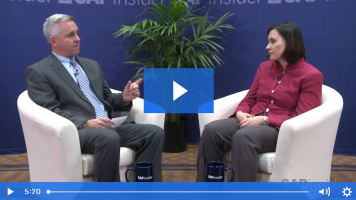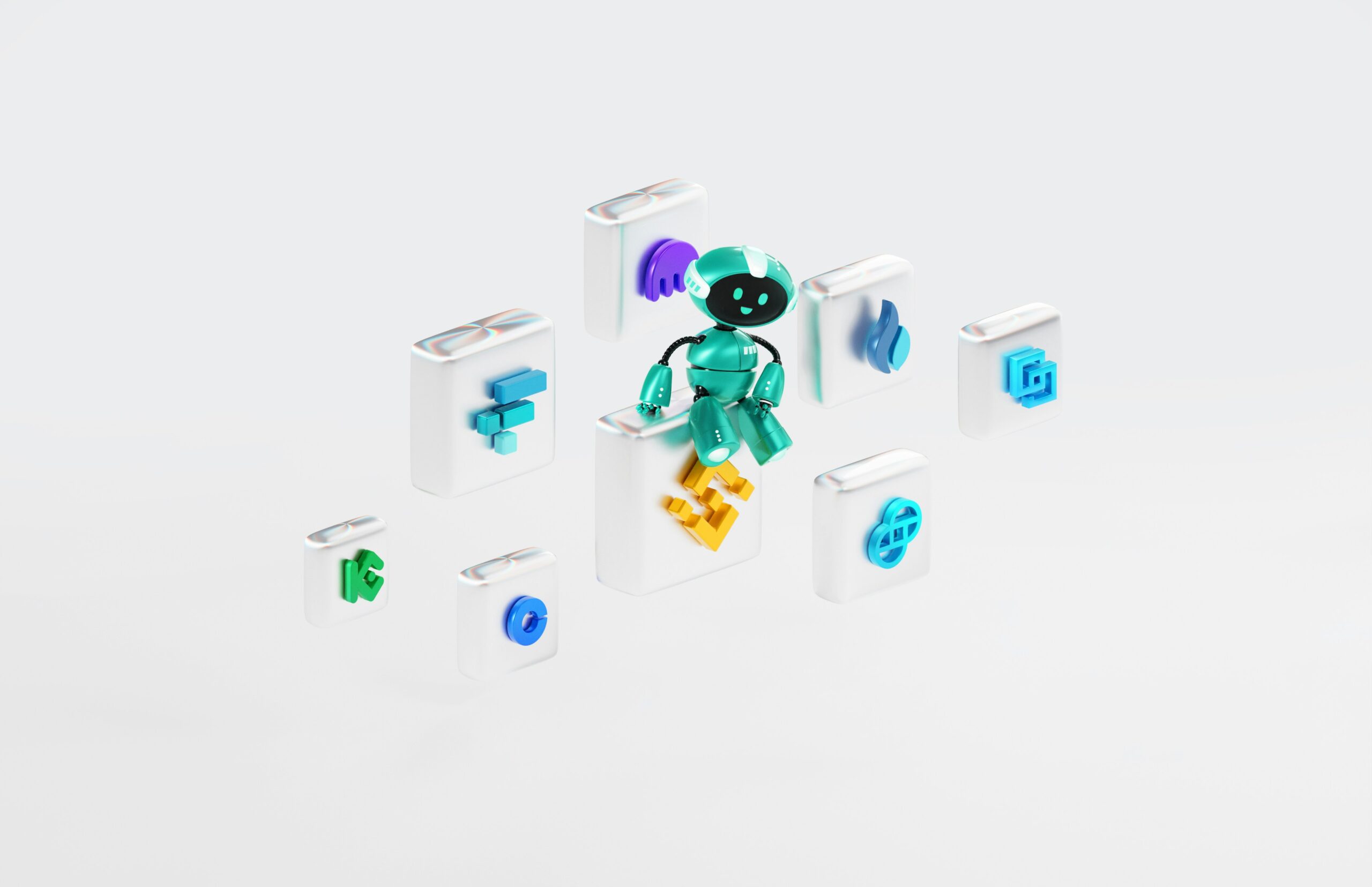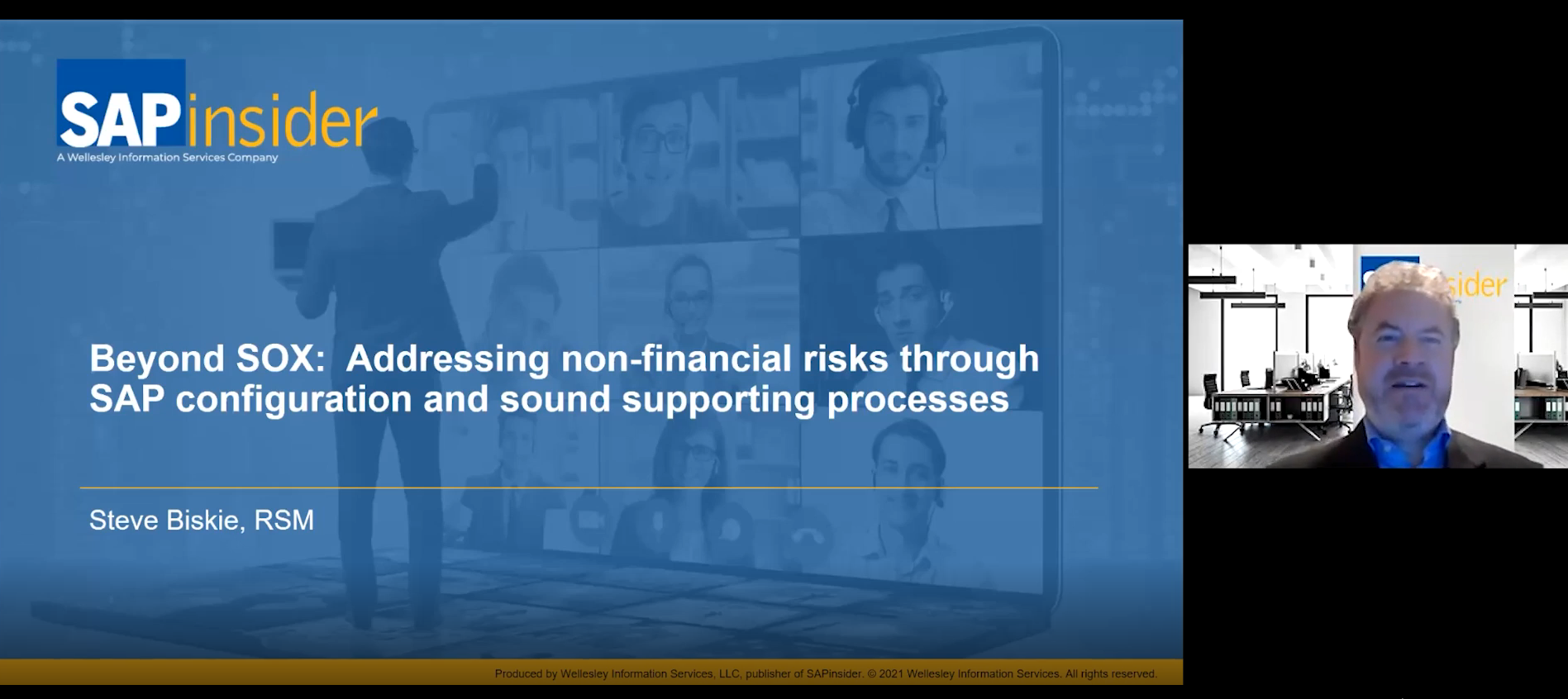Pathlock’s Guide to Risk-Centric Identity Governance
Meet the Authors
Key Takeaways
⇨ Companies need to have a plan for how they can best mitigate the threats facing their data. The central point of any successful plan should center on the relative risk that a given scenario poses.
⇨ Organizations must prioritize where to allocate resources throughout their security posture to best meet the needs of the organization, minimizing risk and potential damage.
⇨ The compliance and security experts at Pathlock laid out the four key components of any good risk-centric identity governance plan.
Now more than ever, companies have a wealth of vital data stored throughout their SAP landscape. Personally identifiable information, financial transactions, and other vital data must be safeguarded with the utmost attentiveness. Otherwise, companies risk major fines from compliance lapses and data breaches.
SAPinsider’s recent research report, Automating and Integrating GRC Processes, found that the vast majority of respondents highlighted integrated monitoring capabilities for controls, threats, and access as either important or very important, yet fewer than 40% were using an integrated identity and access management Solution. Companies need to have a plan for how they can best mitigate the threats facing their data. The central point of any successful plan should center on the relative risk that a given scenario poses.
Risk-Centric Identity Governance
Risk can be difficult to quantify. Of course, every organization wants to be fully secure from all threats. However, the reality is that organizations must prioritize where to allocate resources throughout their security posture to best meet the needs of the organization, minimizing risk and potential damage.
Explore related questions
To help organizations develop a methodology to keep their SAP landscapes secure, the compliance and security experts at Pathlock laid out the four key components of any good risk-centric identity governance plan:
Analytics and Reports – To properly secure accounts and transactions, companies must have full visibility throughout their landscape. This allows them to detect security risks and deploy alerts for high-risk scenarios.
Access Control – Companies can control access through either role-based or attribute-based permissions, ensuring that only those users that are absolutely necessary have permission to view and access sensitive information.
Separation of Duties – SoD ensures that there is a system of checks and balances implemented across a team, mitigating the risk of internal fraud.
User Access Certification – Businesses must continuously review and verify access rights for each user throughout the organization, updating permissions as requirements change.
Leverage All the Tools in the Governance Toolkit
Even as threats grow and change, companies have an ever-expanding arsenal of options to mitigate risks and better handle security breaches. AI and automation are ideally suited to fill gaps in security postures. Users can leverage automated reviews to reduce the likelihood of human error and quickly review high-risk scenarios.
AI is also an essential piece of the puzzle, as companies can use it to quantify which threats pose the greatest overall risk and use that data to position themselves more effectively. AI can also identify anomalies and escalate potentially damaging scenarios to humans for review.
Conclusion
When laying out an identity and governance administration policy, companies must start with a risk-centric approach – identifying and mitigating the greatest risks first and foremost. This is much easier said than done.
These companies need to find a trusted partner like Pathlock to ensure that all privileges are evaluated and adjusted regularly, and the organization’s GRC policy can evolve as the company grows and changes over time.






